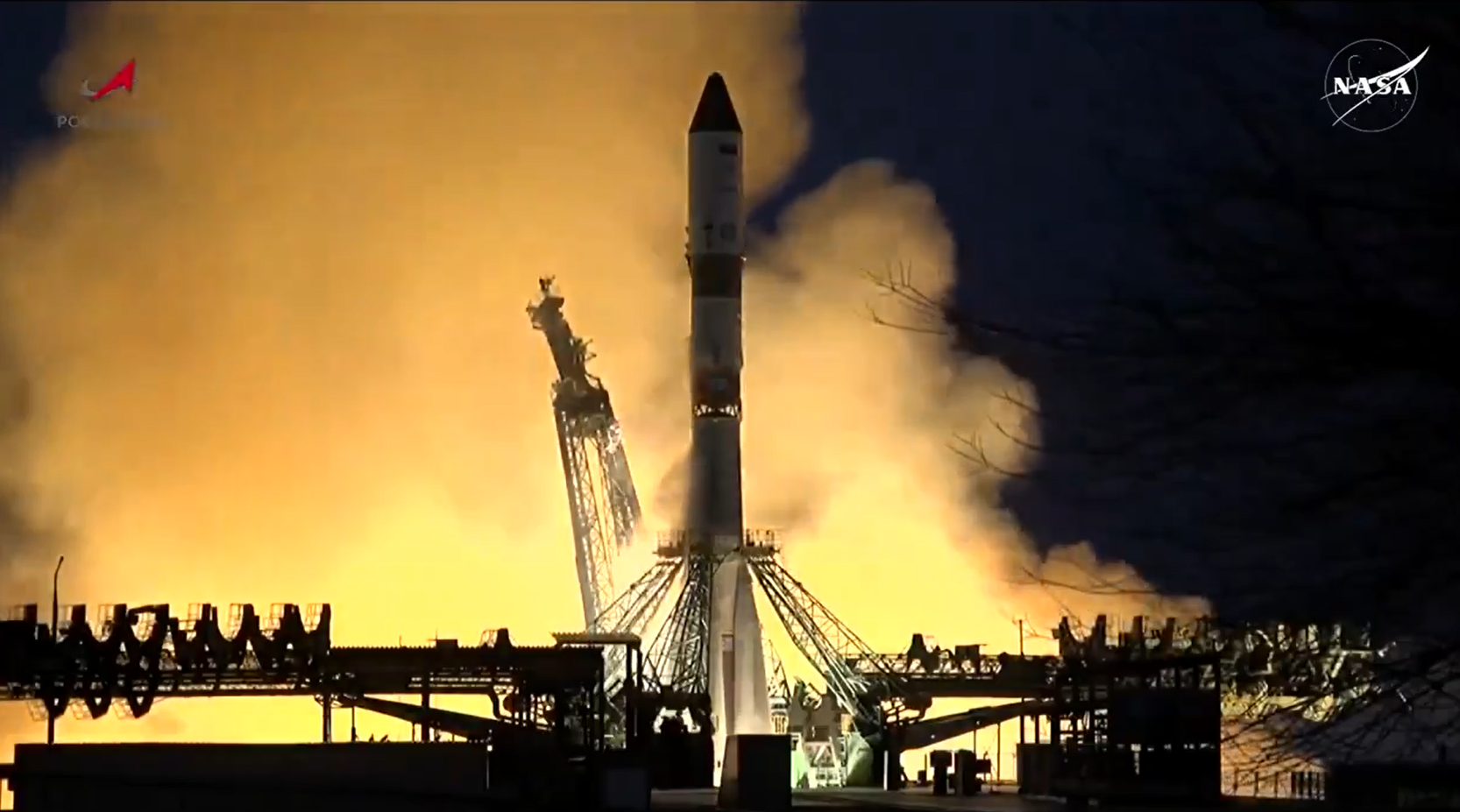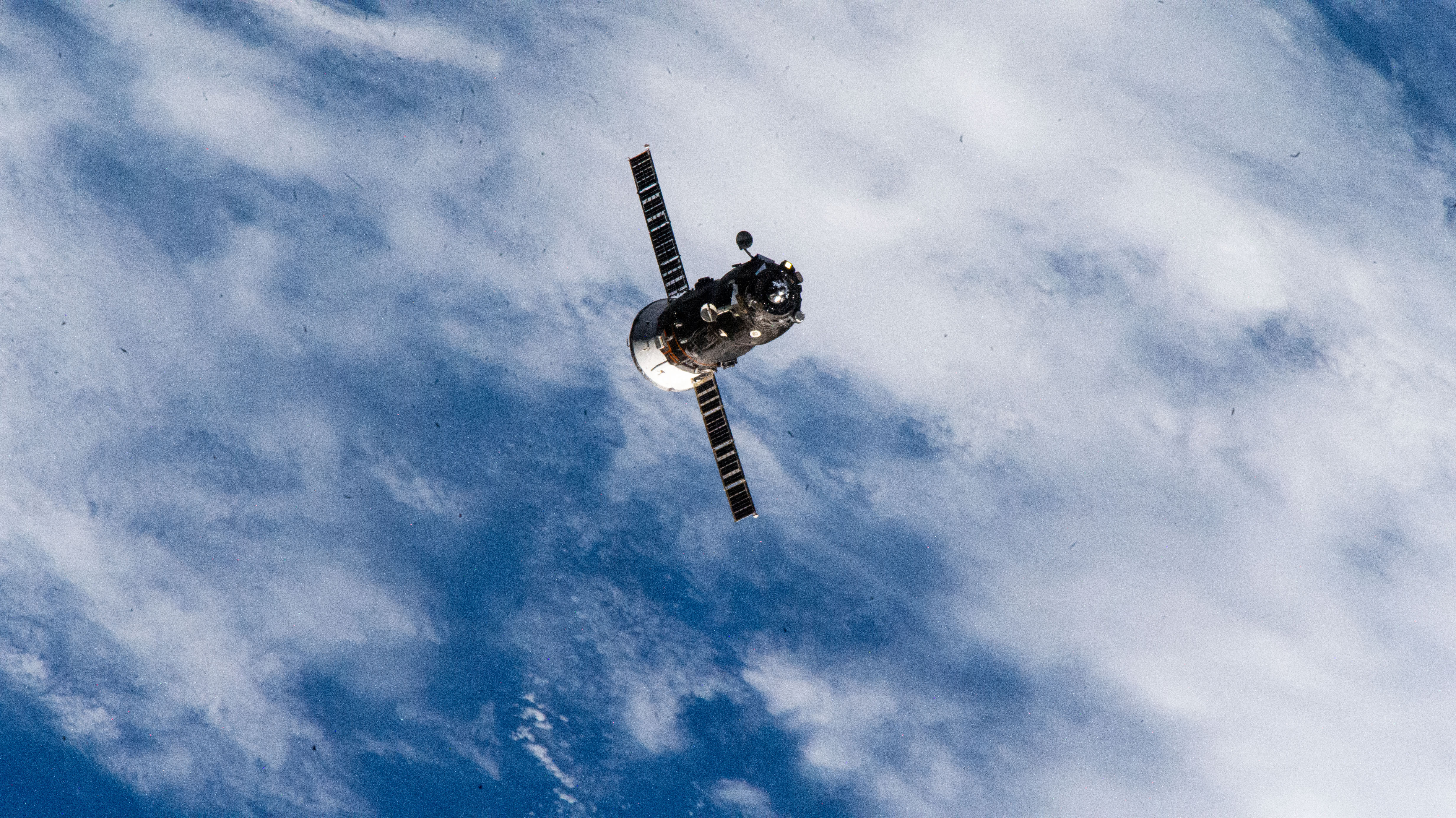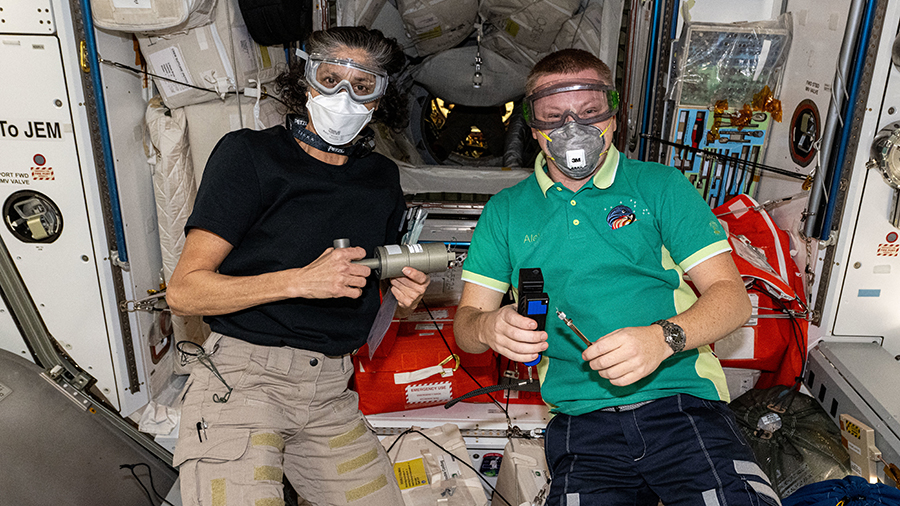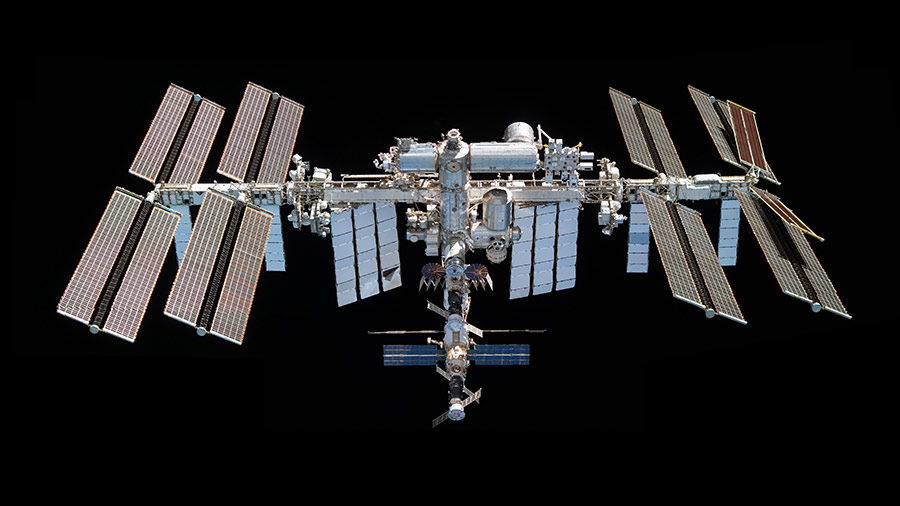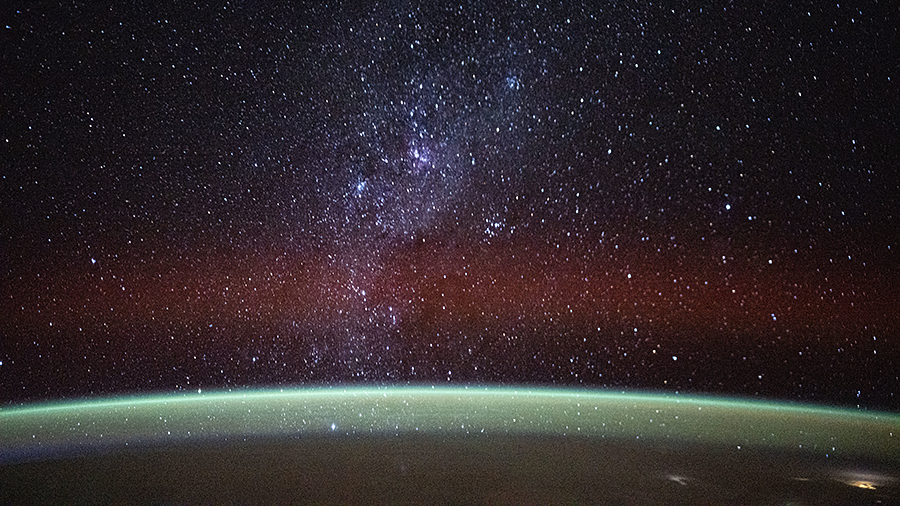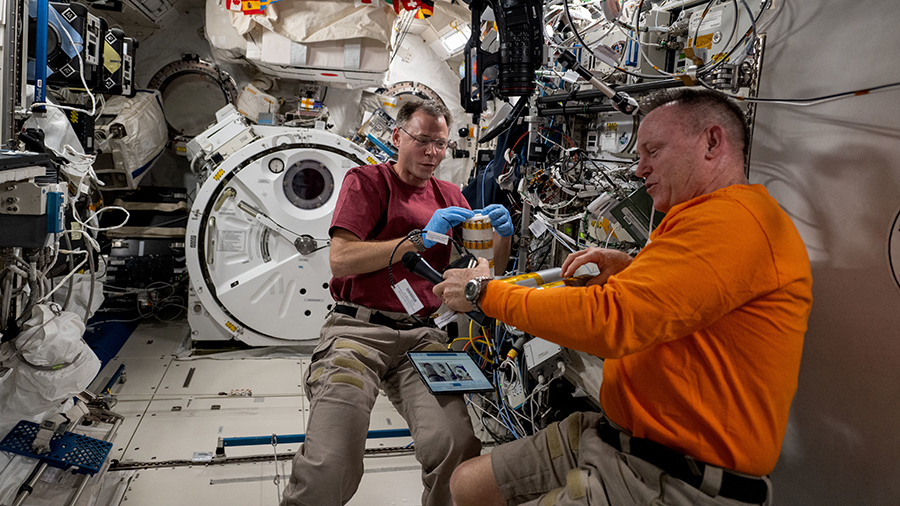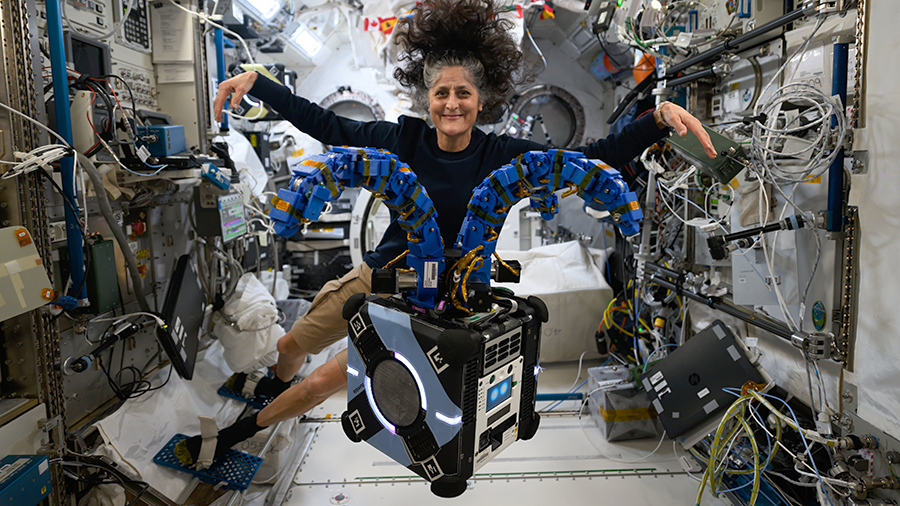
The Progress 90 cargo craft is orbiting Earth and on its way to resupply the International Space Station after its launch Thursday morning. In the meantime, the Expedition 72 crew continued exploring space immunity and a host of other research topics while servicing spacesuits on Thursday.
The Progress lifted off from the Baikonur Cosmodrome at 7:22 a.m. on Thursday beginning its two-day journey to the space station. Packed inside Progress are nearly three tons of food, fuel, and supplies due to arrive at the orbital outpost when Progress automatically docks to the Poisk module at 9:36 a.m. EST on Saturday. Roscosmos cosmonauts Alexey Ovchinin and Ivan Vagner will be on duty Saturday monitoring the cargo ship during its automated approach and rendezvous maneuvers.
NASA Flight Engineers Don Pettit and Nick Hague were back on space biology on Thursday continuing to explore how living in space affects inflammation, or how the body responds to injury or infection. The duo imaged the biological samples using specialized luminescence hardware to visualize space-caused inflammatory changes. Insights from the biology study may help researchers protect astronaut health on long-term space missions.
NASA Flight Engineer Butch Wilmore replaced experiment samples inside the Combustion Integrated Rack for a fire safety experiment that observes how flames spread in the weightless environment. He also continued servicing a spacesuit that was recently delivered aboard the SpaceX Dragon cargo spacecraft. Wilmore first removed hardware that secured the spacesuit inside Dragon then installed camera and data cables on the suit with assistance from Commander Suni Williams from NASA. Afterward, Wilmore performed standard maintenance emptying and filling water tanks on a pair of spacesuits inside the Quest airlock.
Williams spent most of her day inside the Tranquility module removing components from inside the waste and hygiene compartment, the space station’s bathroom. Wilmore assisted Williams as she removed the orbital plumbing gear during a break in his science and spacesuit tasks.
Roscosmos Flight Engineer Aleksandr Gorbunov installed Earth observation hardware to obtain visible and near-infrared imagery of natural and human-made changes on the Earth’s surface. Ovchinin spent his day disinfecting the Zvezda service module and cleaning its ventilation systems. Vagner jogged on Zvezda’s treadmill for a fitness evaluation then tested a 3D printer for its ability to manufacture tools and hardware on the orbital lab.
Learn more about station activities by following the space station blog, @space_station and @ISS_Research on X, as well as the ISS Facebook and ISS Instagram accounts.
Get the latest from NASA delivered every week. Subscribe here: www.nasa.gov/subscribe

